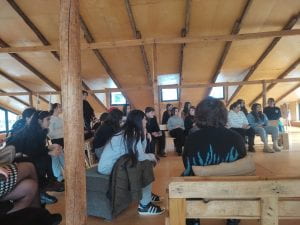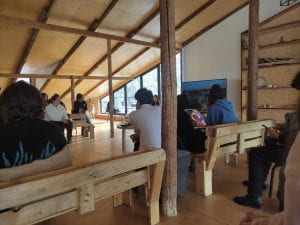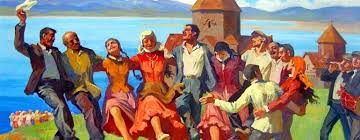Armenian dance began in the pre- Christian period, in the Armenian Highlands, when paganism reigned in historical Armenia and was one of the most striking aesthetic means describing the character of the Armenian people. You can see the thinking, the spiritual world of the Armenian people and their attitude to nature and life. After passing from generation to generation and achieving certain changes, it still retained the mobile, structural and musical features inherent in it and inherent in it only. Armenia has a lot of dances, for example: Kochari (there are different types of Kochari), Yarkhushta, Trapar, Lorke, Ishxanac par, etc.
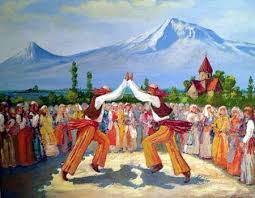
Armenian military dances
The Armenians danced before the war, which helped to awaken the fighting spirit and to win a small number of victories against the enemy army. Military dances have long been danced not only by men but also by women. This has happened in many nations. While the men were fighting, the women were dancing the war dance, believing that it would ”secure” their husbands victory. We will talk about traditional dances of Armenia:

Kochari (for detail information)
Kochari is a traditional dance that is widely performed throughout Armenia during holidays, festive celebrations, family ceremonies and other social events. It is open to all participants, irrespective of age, gender or social status. Kochari provides a sense of shared identity and solidarity, contributes to the continuity of historical, cultural and ethnic memory, and fosters mutual respect among community members of all ages.
Shoror of Komitas
This dance was created by Komitas himself. Years later, the dance was on the verge of collapse, until the Armenian national song and dance esemble ”Karin” restored it.
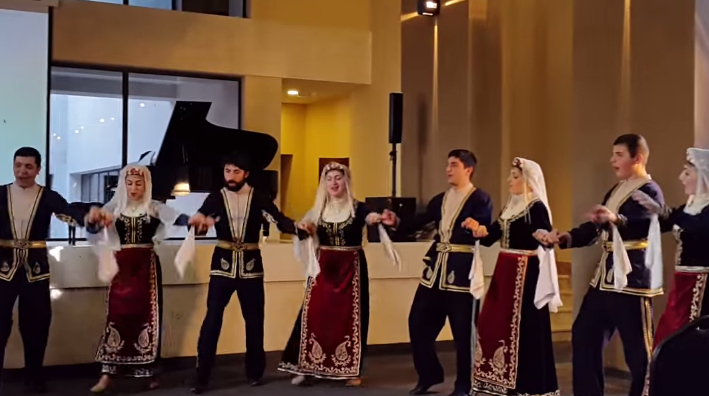
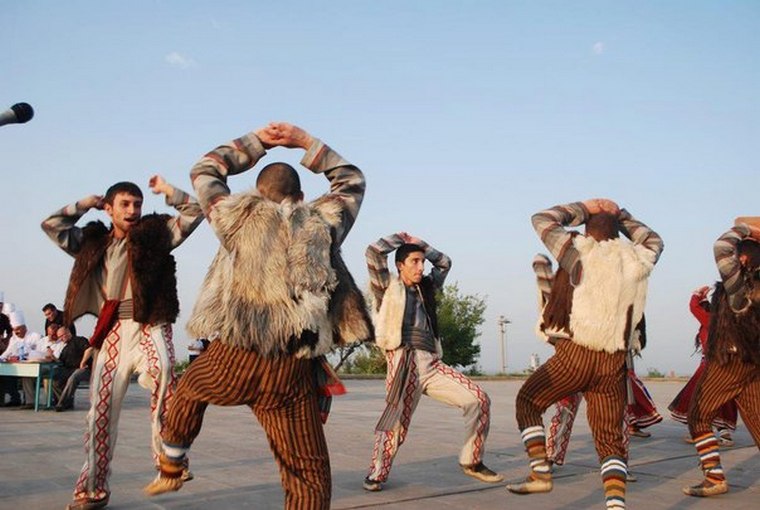
Yarkhushta
Yarkhushta belongs to the type of clap dances. It is one of the traditional unique dances, which has undergone few changes. A number of dancers should be a twice. They are divided into two groups, one of which is attacking and the other is resisting. When confronting each other, they raise their hands above their heads and strike each other with their palms, which symbolizes the striking of weapons. The pace of movements is getting faster, the claps are getting sharply.

Rostam Bazi is one of the Armenian military dances. In general, it is spread Persian Armenia (Parskahayq), around of Urmia lake. The name of dance in translation means “game of strongs” (Qajeri khaxy): Rostam is literary hero’s name of a famous epic of Persian writer Firdusu, who was accepted throughout Iran, including among the Persian Armenians, as one of the historical figures symbolizing heroism, masculinity, and imperialism. And “bazi” is translated as “game”. Rostam Bazi is one of the surviving examples of military dances, which is danced in a circle.

Etchmiadzin
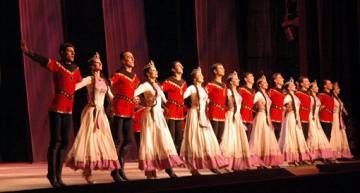
Etchmiadzin is one of the Karno’s samples. And Etchmiadzin is city and is located in Armavir region of Armenia. Back and forth dances occupy a special place among Karno round dances. Back and forth dances are dancing in the cities and villages: in the cities people dance slowly, and in the villages – fast. In ancient times, dancing outside was forbidden.
